Vitamin A helps our immune system, skin cells grow back, and keeps our eyesight in good shape, among other things. The Harvard School of Public Health says that the average adult needs between 2,333 international units (700 micrograms) and 3,000 international units (900 micrograms) of vitamin D every day. This is a goal that can be reached because many foods have that amount in one serving. Vitamin A comes into the body in two forms: preformed vitamin A, which comes from animal products, and provitamin A carotenoids, which come from plants (from plants). In 1992, the Archives of Biochemistry and Biophysics published an article that said the body changes beta-carotene from plants into vitamin A and controls how much it changes. It is stored in our livers and other fatty tissues because it dissolves in fat. A 2006 study in the American Journal of Clinical Nutrition found that vitamin A toxicity is possible because the body doesn’t get rid of too much of the vitamin. But this is mostly a problem with it that has already been made.
A 2023 article in The Journal of Nutrition says that some food labels may list as vitamin A RAE, which stands for “retinol activity equivalents.” This article, on the other hand, uses the more traditional system of international units (IU) to describe how much vitamin A is in raw foods. Even though cooking makes it easier to digest nutrients, it also makes them less available (per Healthline). Even so, there are plenty of foods that will give you more than enough, whether you eat them cooked or raw.
1. Vitamin A Dairy
If you like dairy and want to get more in your diet, you’re in luck. There is a lot in butter, many kinds of cheese, milk, and yoghurt. One pat of butter, for example, has 125 IU of the vitamin. In the same way, a slice of sharp cheddar cheese that is 1 ounce gives you 278 IU. One ounce of Roquefort cheese has almost 300 IU of vitamin A, which is about the same amount as one serving of vanilla ice cream. This is good news for people who like sweets.
2. Eggs
One large chicken egg has 270 IU, and many are fortified with even more. If they are fortified, that should be written on the box. Beta-carotene is also found in eggs, which is different from many other animal products. A 2019 article in the Selcuk Journal of Agriculture and Food Sciences says that’s because of what birds eat. Because wild birds eat more nutritious food than farm and factory-raised hens, their eggs have more beta carotene in them.
3. Fish with oil
Another great source is oily fish, but some sources have more vitamins than others. For example, 100 grammes of raw bluefin tuna has 2,180 IU. On the other hand, the same amount of raw Atlantic salmon from a farm has 193. Rainbow trout and clams have more per 100 grammes, with each having about 300 IU.
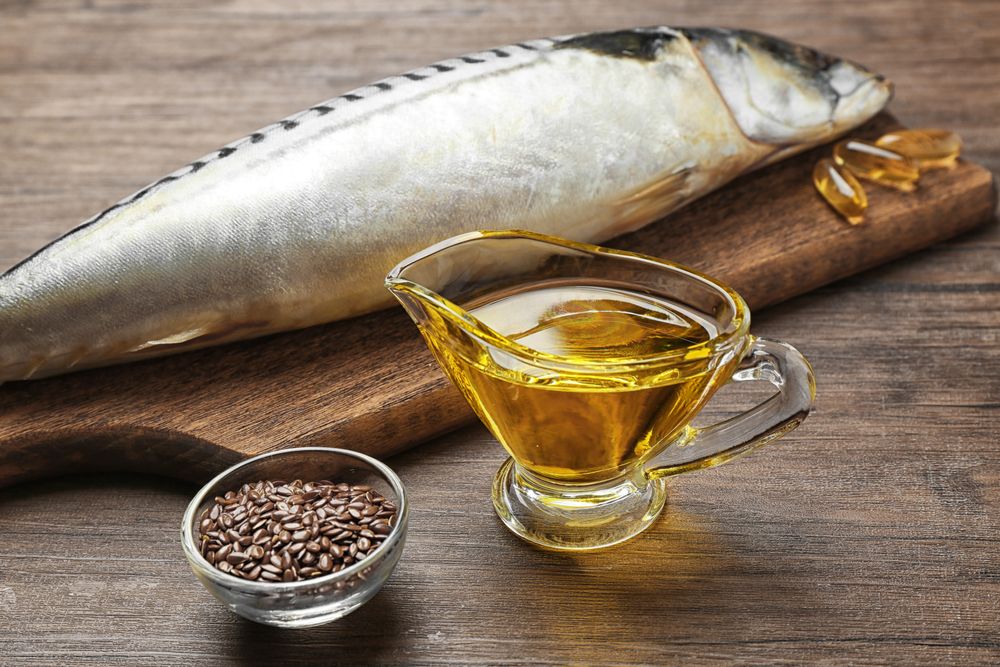
4.Liver
Liver is a great source of vitamin A. There are 16,900 IU in just 100 grammes of beef liver, and there are 11,100 IU in chicken liver. But lamb liver and pork liverwurst are the real winners when it comes to vitamin A, with 24,600 IU and 27,700 IU, respectively. Even though liver is full of nutrients, it’s important to remember that it’s high in cholesterol, and because it has so much vitamin A, too much of it could make you sick. If you want to eat a lot of this vitamin, you should talk to a doctor first. There are also concerns about eating liver, especially goose or duck liver, because the animals on foie gras farms are treated in a cruel way. Even though goose liver has about 31,000 IU of vitamin A per 100 grammes, which is about the same as other animal livers, it is considered a delicacy.
5. Leafy vegetables
Vitamin A from plants is different from animals. The body turns beta-carotene from plants into vitamin A. Since your body controls this process, it’s harder to get too much vitamin A from plants. Because they have so much vitamin A, you could say that leafy greens are the liver of the plant world. When it comes to common greens, spinach has much per 100 grammes, with 9,380 IU. Romaine lettuce comes in second, with 8,710 IU. With 4,810 IU and 5,020 IU per 100 grammes, respectively, kale and collards are also very powerful. But if you can get your hands on some turnip greens, they are the real prize. Each 100 grammes of turnip greens has 11,600 IU of vitamin A. With 10,200, 6,330, and 5,720 IU, respectively, dandelion, beet, and chicory greens are not far behind.
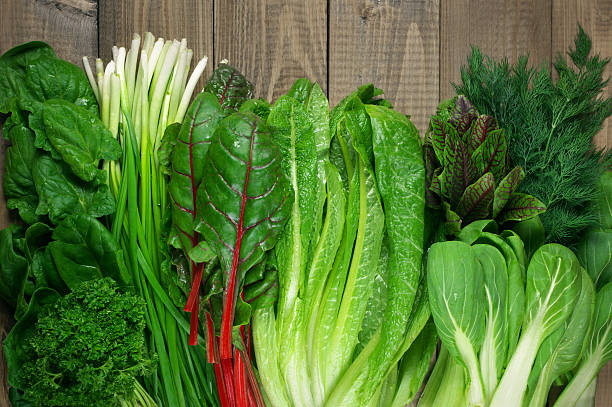
5. Herbs
Adding flavour to a dish is easy with green herbs. They are also a great way to get more vitamin A into your diet. Just 2 tablespoons of chopped fresh basil gives you 280 IU of vitamin A. So next time you make pasta, why not add some lemon basil pesto to it? You can get 320 IU of vitamin A from just 1 tablespoon of parsley, which is easy to do with this tasty and simple chimichurri recipe. You can even use cilantro instead of parsley. A quarter cup of cilantro has 270 IU of vitamin A.
And don’t forget to add some fresh peppermint to your next cocktail or glass of lemonade. Two tablespoons of fresh peppermint have 136 IU. Even if you can only find dried herbs, you can still get a little bit of vitamin A from them. For example, one teaspoon of ground sage has 41 IU.
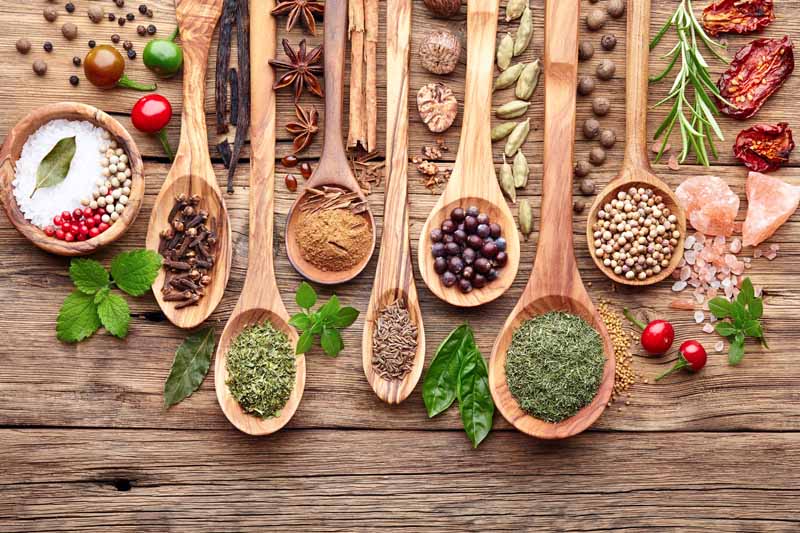
Also Read: Healthy Eating Habits In 2023
6. Root vegetables
Vitamin A is found in large amounts in sweet potatoes and carrots. Root vegetables are sweet treats that are full of beta carotene, which your body can turn into vitamin A. There are 1,200 IU of vitamin A in a large carrot, and 18,500 IU in a 5-inch sweet potato. Wow. The orange colour of these vegetables comes from beta-carotene. In fact, the Cleveland Clinic says that if you eat too much beta carotene, you can get carotenemia and also turn orange. Don’t worry too much because this condition is neither dangerous nor common. “If you eat 10 carrots a day for a few weeks, you could get it,” says Dr. Piliang of the Clinic.
So feel free to eat your orange root vegetables. There are many ways to eat these healthy treats, but baking sweet potatoes is one of the best ways to enjoy them. You can bake them as is or cut them into cubes and roast them. In either case, you’ll have a tasty main dish, side dish, or snack.
8. Red vegetables
If your veggie is red and technically a fruit, it probably has a lot of vitamin A in it. There are 1,020 IU in a medium red tomato and 3,400 IU in a 15-ounce can of tomatoes. Tomatoes come in many different kinds, and each has its best use. Use plum tomatoes when you cook, beefsteak tomatoes when you make sandwiches, and cherry tomatoes when you make salads (or your mouth).
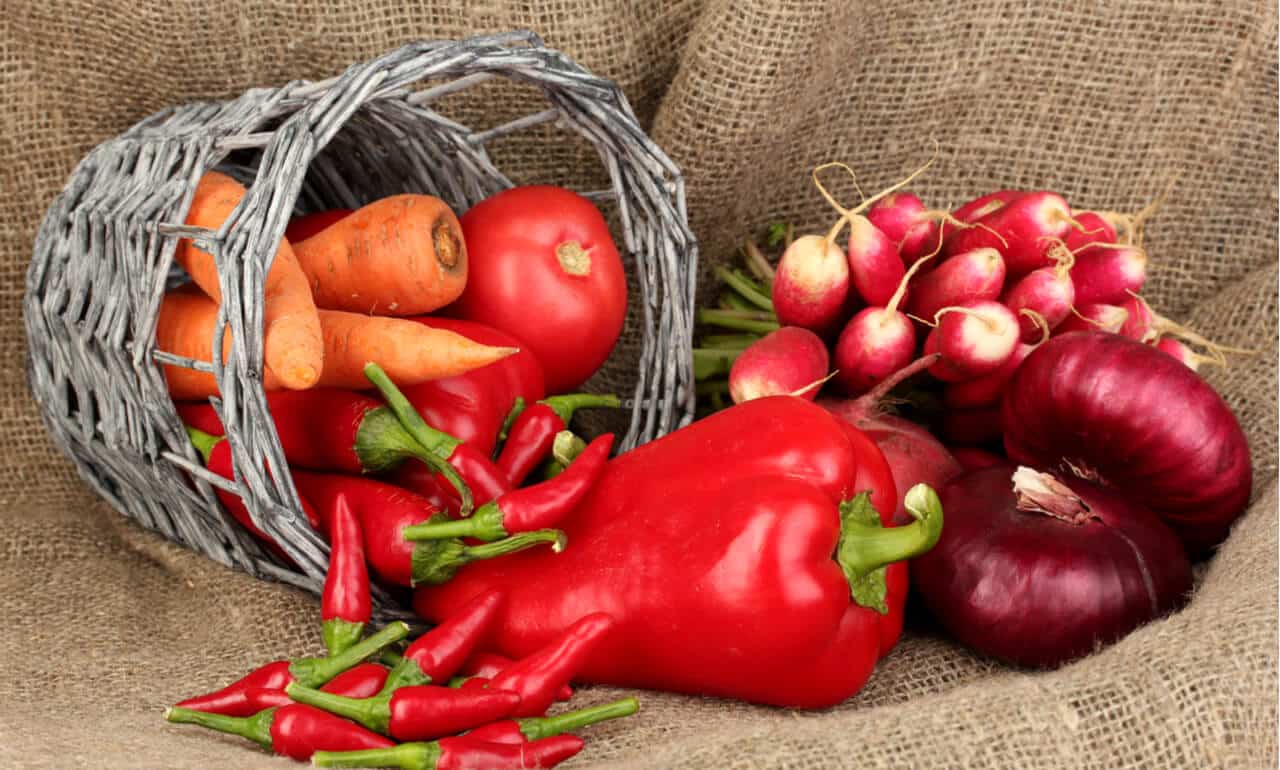
9. Peas
Peas are a great way to get vitamin A. One cup of raw pea pods has 687 IU of vitamin A, and 10 pods have 371 IU of vitamin A. 1 cup of split sprouted peas, on the other hand, has 292 IU of vitamin A. Even though that is still awesome, it shows that dry peas are not better than wet ones. You don’t have to eat fresh peas, though. One cup of peas from a can has 1,670 IU of vitamin A.

10. Squash
Since beta-carotene, which makes foods orange, is the key to plant-based vitamin A, it makes sense that if you want to get more from squash, you need to choose orange ones like kabocha, which has 3,850 IU of vitamin A in 85 grammes.
11. Yellow Fruits
Vitamin A is not only found in foods that taste good. Some of nature’s sweets, like fruit, are already full of vitamin C. If you only have time for one fruit, a mango will give you the most for your money (3,630 IU). Perhaps you’d like to drink your vitamins. If that’s the case, you can make a mango lassi recipe with mangoes and yoghurt, which is another great source. Maybe that isn’t sweet enough, but don’t worry, 100 grammes of dried mango that has been sweetened still has 1,340 IU of vitamin A. One small papaya will give you 1,490 IU if you’re still in the mood for tropical fruits.
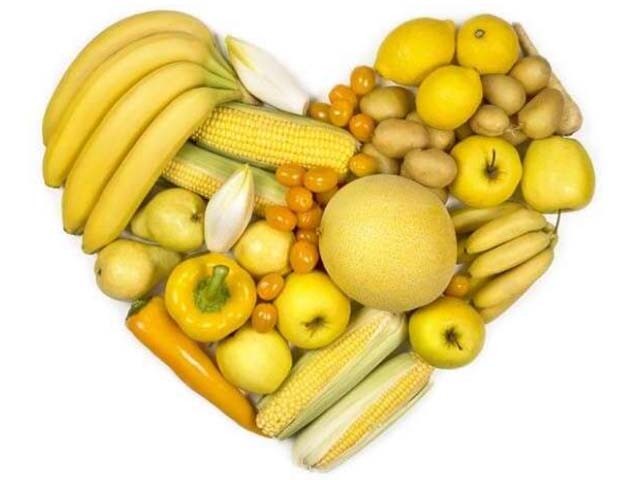
12. pistachios
Pistachios have a lot of vitamin A, but not all nuts and seeds do. This seed has 146 IU of vitamin A per ounce, which is about 50 kernels. Pistachios are also a good source of antioxidants, protein, potassium, and fibre. They also have a lot of fat, so if that worries you, you might want to find another source of vitamin A.
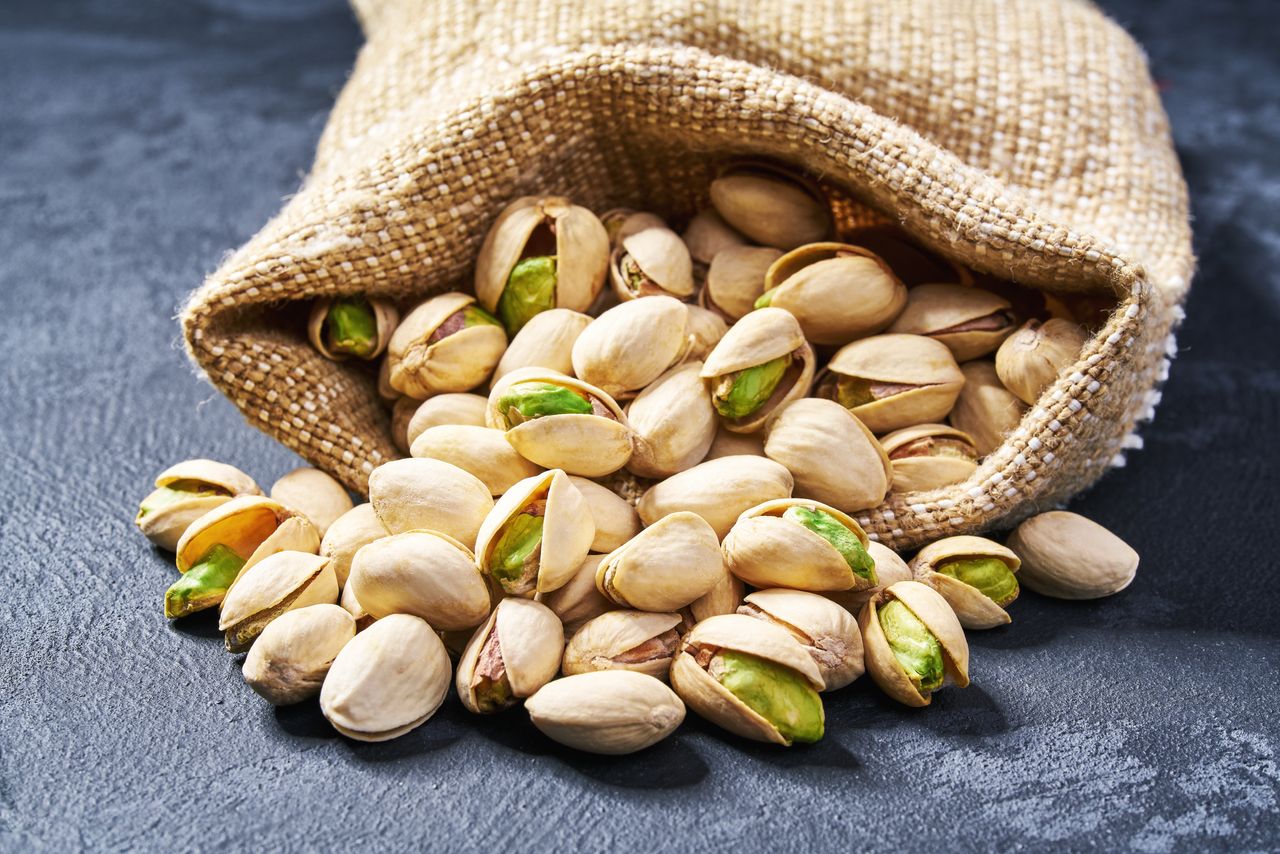
Pistachios are a popular snack that can be eaten raw or roasted on their own. They are also great for cooking. Remember that shell-on pistachios will give your fingers a workout if you buy them. Try making a recipe with pistachios, guanciale, and chicken liver stuffing for a double dose of vitamin A. It’s perfect for the holidays or any other time of the year. If you have a sweet tooth, you could try making pistachio ice cream, which is made with pistachios, milk, and eggs. This frozen treat has a lot of vitamin A, even in a small amount.
13. Fortified foods
Fortified foods are a great way to make sure you get enough vitamin A in your diet because they have extra nutrients added to them. They can be helpful if you have kids or a picky eater. When you buy fortified foods, think about how much vitamin A you are already getting and keep track of how much you add. Vitamin A toxicity is on the rise, and it is possible to get too much of it.




